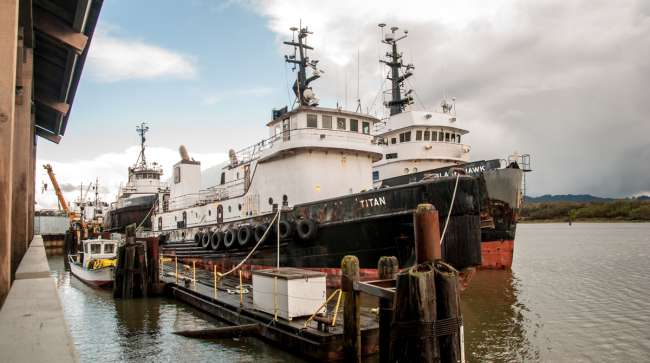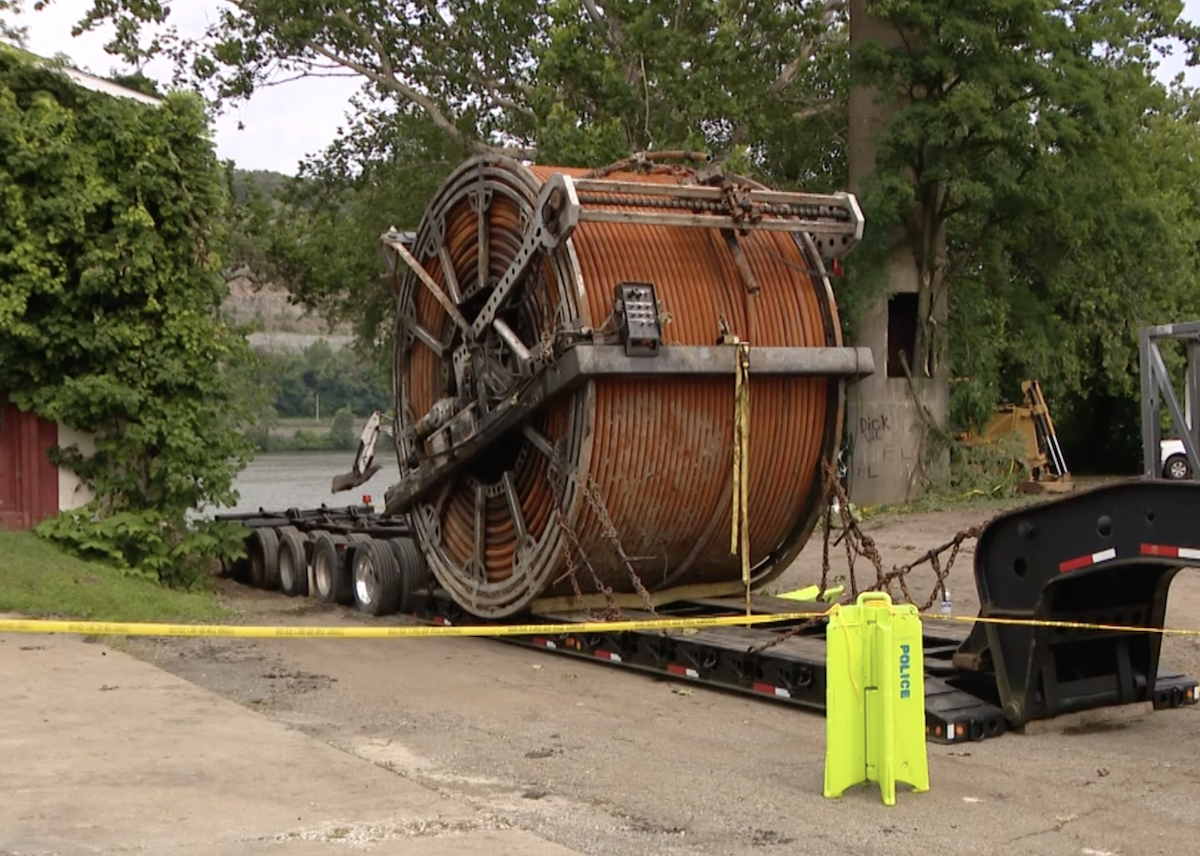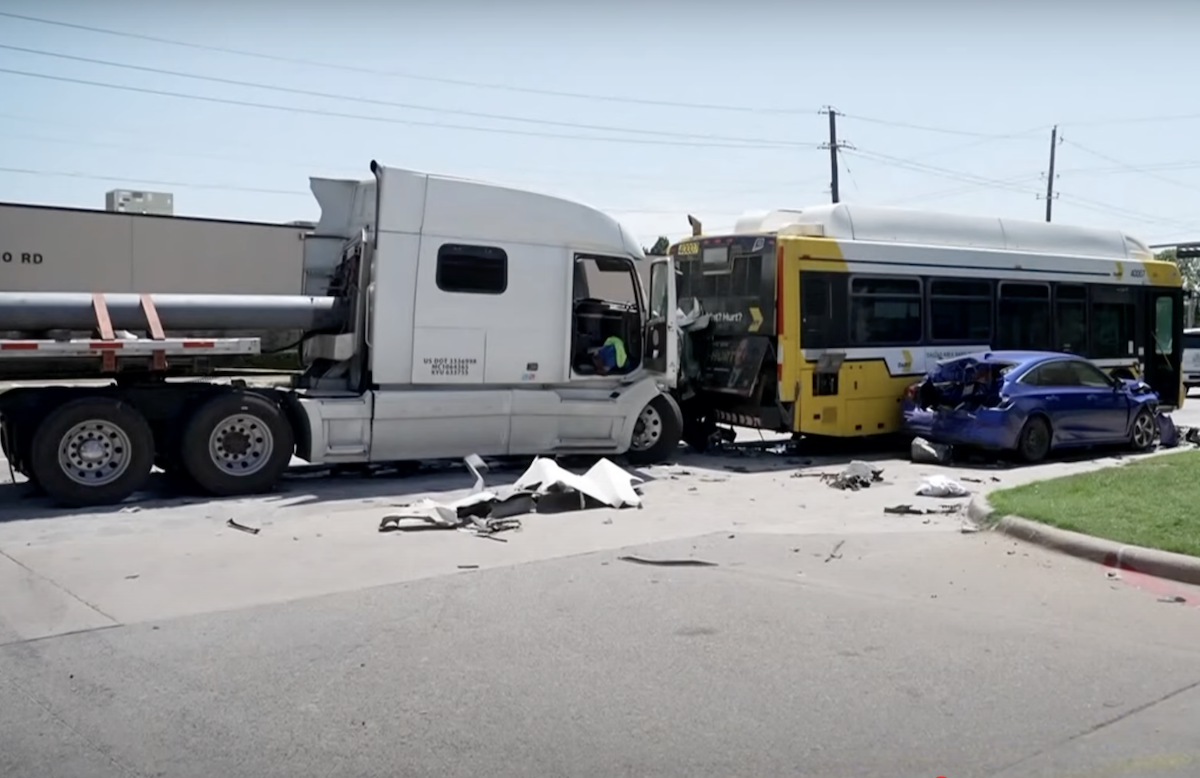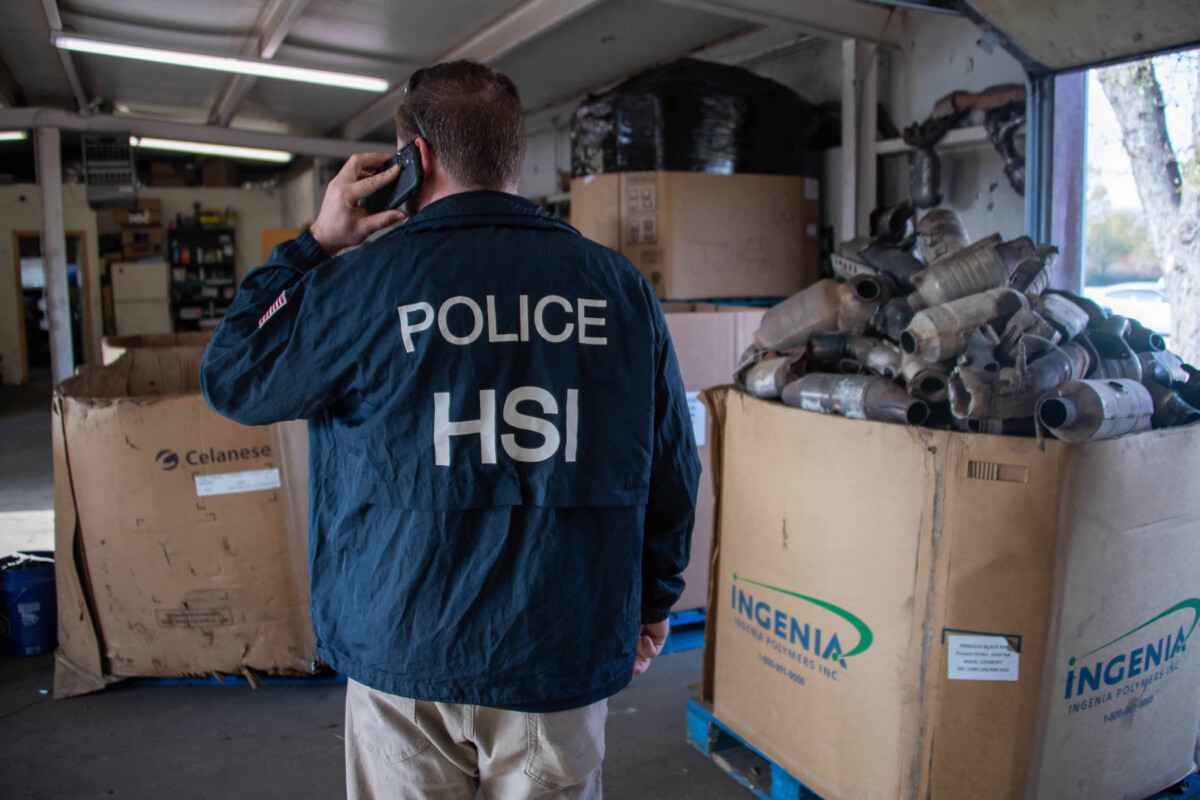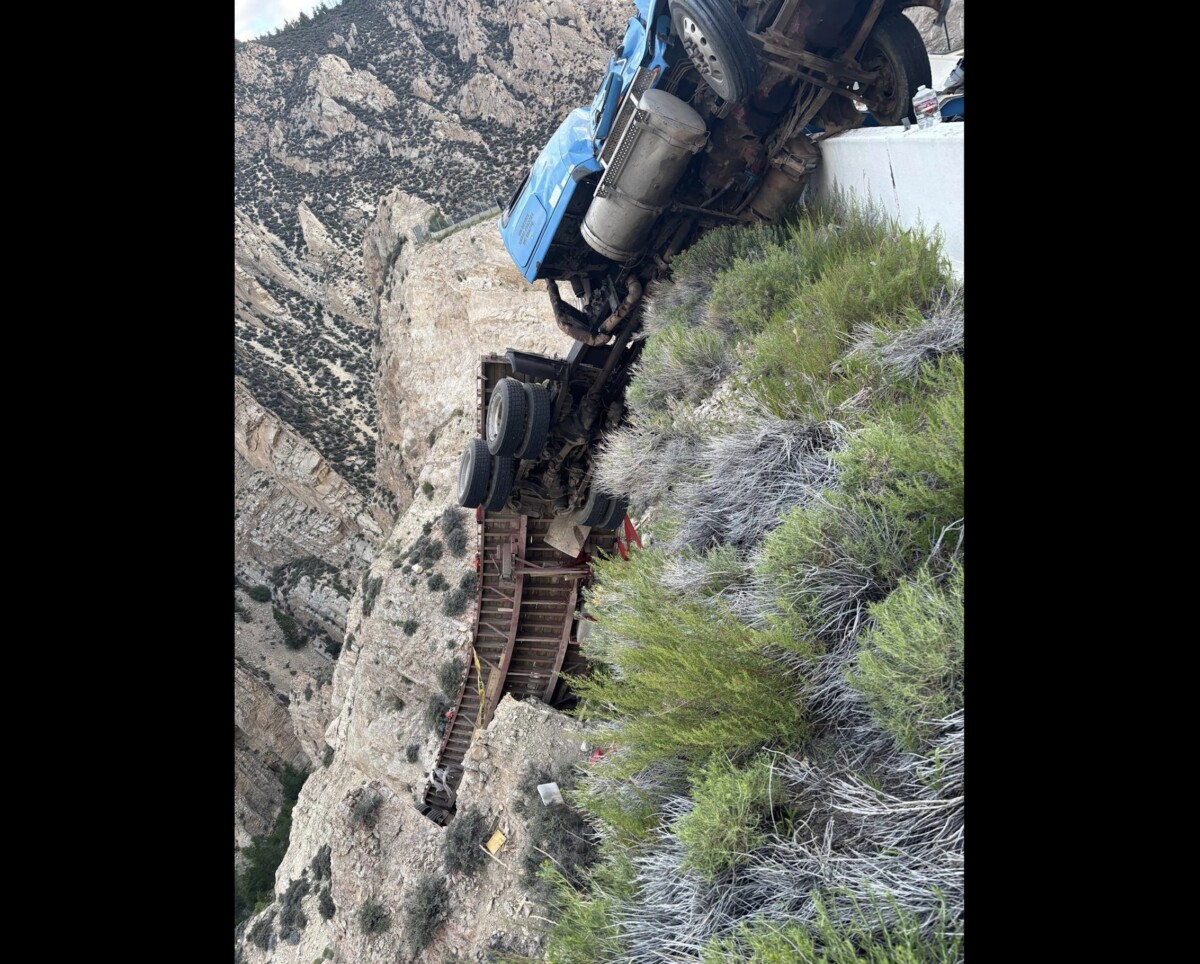Ships dock at the Port of Coos Bay. (Oregon State University)
Oregon lawmakers on June 30 approved $100 million for a new container terminal at the Port of Coos Bay, propelling the Pacific Coast Intermodal Port from proposal to construction plan.
The state money joins $58 million in federal transportation grants — including Infrastructure for Rebuilding America, Consolidated Rail Infrastructure and Safety Improvements, and Railroad Crossing Elimination awards — already committed to the project.
The terminal is designed as a ship-to-rail hub, moving containers from oceangoing vessels onto the Coos Bay Rail Line for a 134-mile run to Union Pacific tracks in Eugene. From there, freight could reach Midwestern markets without relying on congested highways or larger coastal ports.
“This project reflects the kind of bold, future-focused investment that Oregon needs,” PCIP Executive Director Melissa Cribbins said in the announcement. “For too long, rural communities like those on the South coast have been left behind. This project gives us a path forward — one grounded in good jobs, sustainable freight infrastructure and long-term community stability.”
Economic models tied to the venture forecast 2,600 construction jobs and 2,500 permanent direct positions once operations begin, with total employment reaching as many as 8,000 across construction, logistics, warehousing and small-business suppliers. Those wages could add about $59 million a year to state income-tax collections, according to documents sent to legislators.
Three experts from Transport Enterprise Leasing discuss strategies for buying and selling trucks amid regulatory shifts, trade tensions and economic uncertainty. Tune in above or by going to RoadSigns.ttnews.com.
The bipartisan Oregon Coastal Caucus promoted the appropriation, citing the port’s potential to lower shipping costs for Willamette Valley agriculture, Columbia Gorge manufacturers and exporters across the West.
NorthPoint Development, a Kansas City, Mo.-based firm leading construction, framed the vote as a test case for public-private partnerships. CEO Chad Meyer said the goal is long-term stability for working families.
“This project is about building something real and lasting — not just for the region, but for the working people of Oregon,” Meyer said. “Together, we’re bringing modern logistics capacity to the South Coast in a way that benefits the entire country.”

